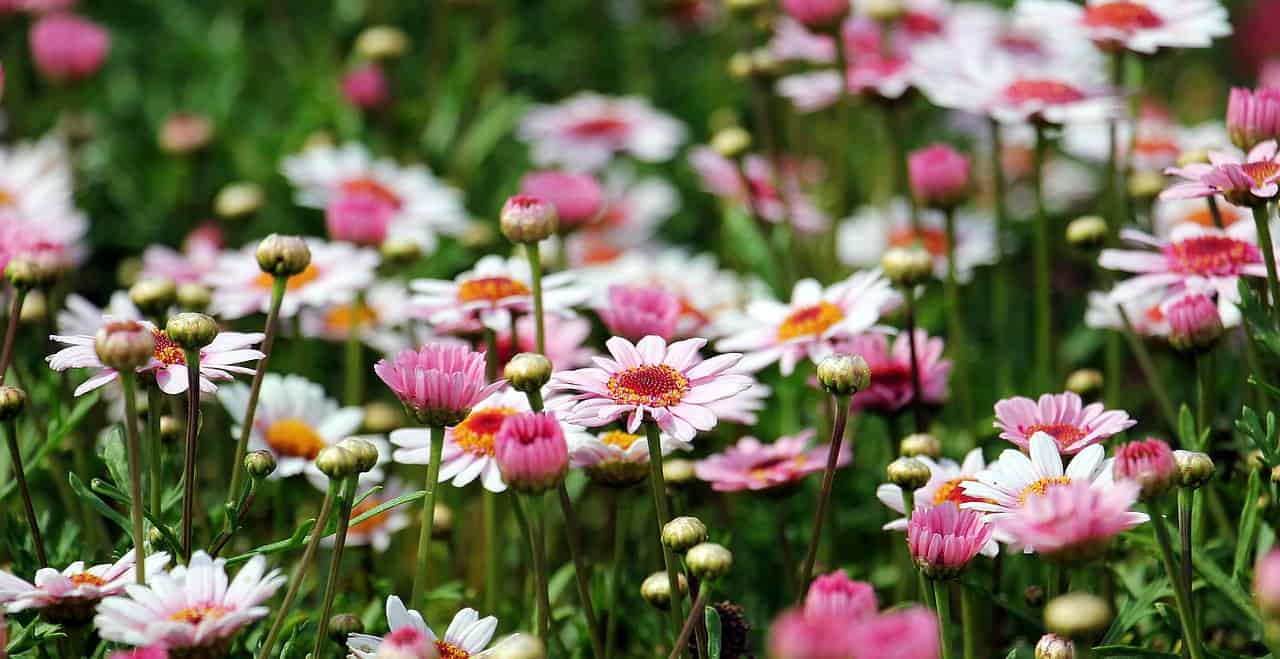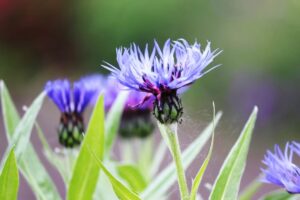One of the simplest and most satisfying ways to bring color and life to your garden is by growing flowers from seed. Not only is it more economical than buying plants or bulbs, but it’s also a great way to get exactly the varieties you want. Here are 5 easy-to-grow flowers that you can start from seed.
Bachelor’s Buttons (Centaurea cyanus)
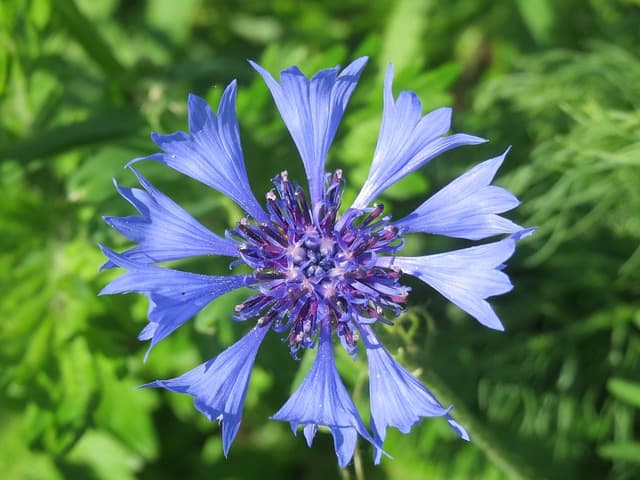
These pretty blue flowers are also known as cornflowers. They’re fast growers and self-seed readily, so you’ll have them coming back year after year with very little effort on your part. Sow the seeds indoors about 6 weeks before the last frost date, or directly in the ground after all danger of frost has passed. Thin the seedlings to about 10 inches apart when they’re big enough to handle, and enjoy the blooms all summer long.
Calendula (Calendula officinalis)
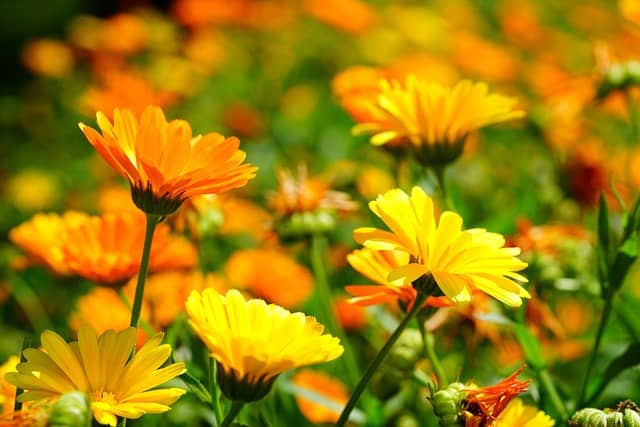
Also known as pot marigolds, calendulas are cheerful annuals that will brighten up any garden. They’re easy to start from seed, and they don’t need much fussing over once they’re growing. Sow the seeds directly in the ground in early spring, spacing them about 12 inches apart. Calendulas will self-seed freely, so if you let some of the flowers go to seed at the end of the season, you’ll have plenty of plants for next year too.
Columbine (Aquilegia)
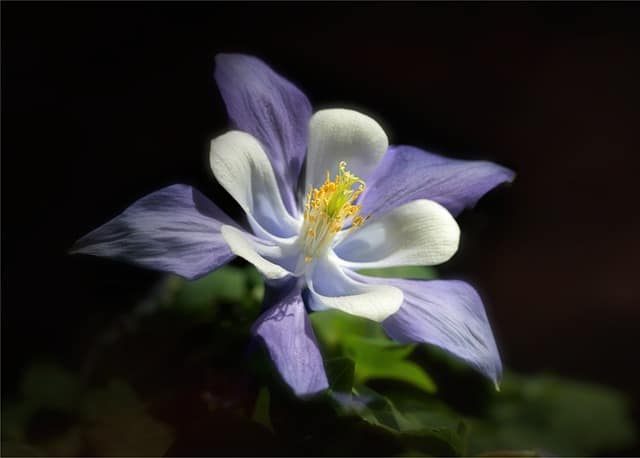
With their delicate spurred petals, columbines are an old-fashioned favorite that adds a touch of elegance to any garden. They’re relatively easy to grow from seed, although they do require a period of cold stratification—a process of chilling the seeds in moist sand or peat moss in the fridge for 4-6 weeks—before planting them outdoors. Once they’ve been properly stratified, sow the seeds about 1/4 inch deep in well-drained soil in early spring. Thin the seedlings to 12 inches apart when they’ve grown their first set of true leaves.
Cosmos (Cosmos)
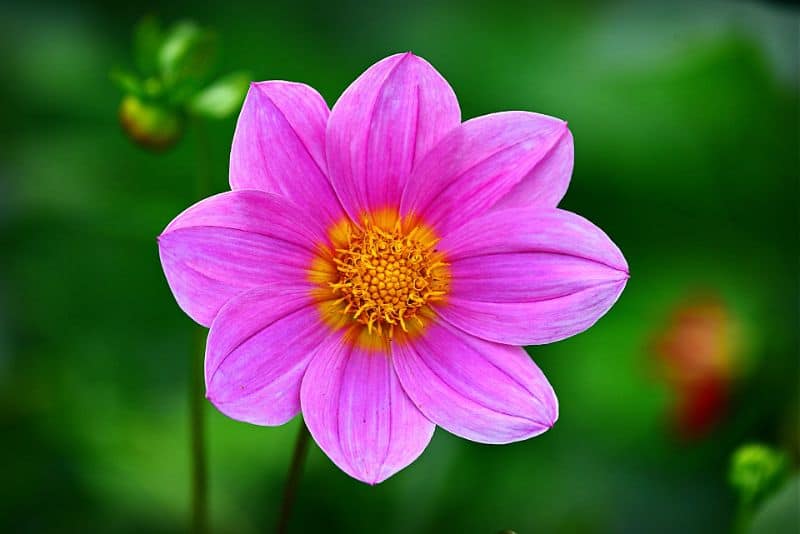
Brighten up your summer garden with these vibrant annuals that come in a wide range of colors including red, pink, orange, and white. Cosmos are extremely easy to grow from seed—simply scatter them on top of well-drained soil in full sun after all danger of frost has passed and gently press them into the soil surface. Water well and thin the seedlings to 18 inches apart when they’ve grown their first set of true leaves. You’ll be enjoying blooms all summer long!
Four O’Clocks (Mirabilis jalapa)

Four O’Clocks were brought over by early settlers from their native Mexico, four o’clocks were one of the original gardens The tubular flowers open in late afternoon (hence their name), releasing a sweet fragrance that attracts hummingbirds and moths alike. They make excellent cut flowers too! To start four o’clocks from seed, simply press them onto well-drained soil in full sun after all danger of frost has passed—they don’t need to be covered since they need light to germinate. Thin the seedlings to 18 inches apart when they’ve grown their first set of true leaves.
Marigolds (Tagetes)
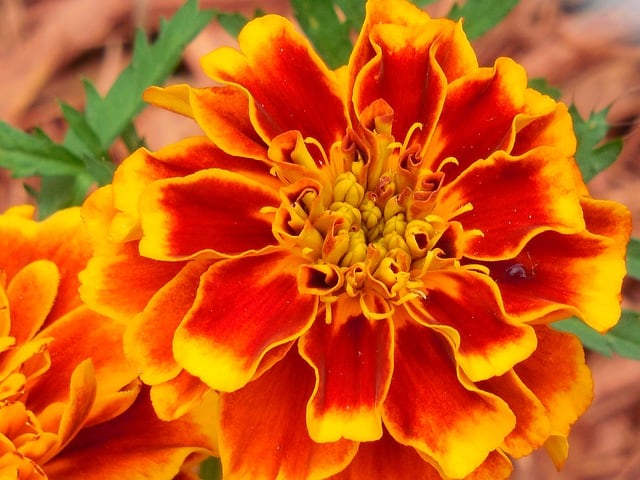
Marigolds are one of the easiest flowers to grow from seed. In fact, they’re so easy to grow that they’re often used as a “guinea pig” plant by beginner gardeners. Marigolds come in a variety of colors, including yellow, orange, and red. They prefer full sun and well-drained soil.
Morning Glories (Ipomoea purpurea)
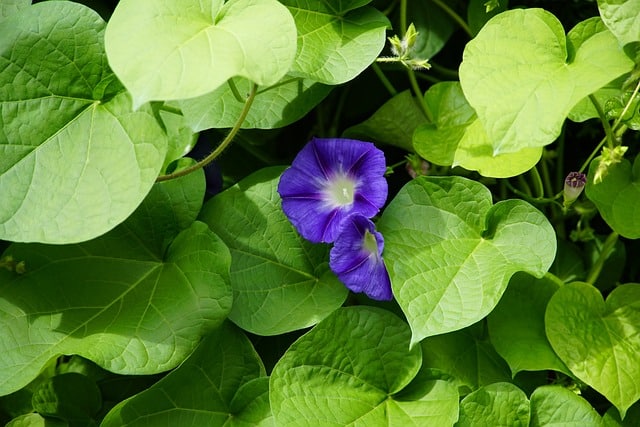
Morning glories are another easy-to-grow flower. They’re best planted in early spring and prefer full sun. Once they start blooming, you’ll have beautiful blooms all summer long! morning glories are also known for being vigorous climbers, so make sure you have a trellis or other support ready for them to climb on.
Moss Rose (Portulaca grandiflora)
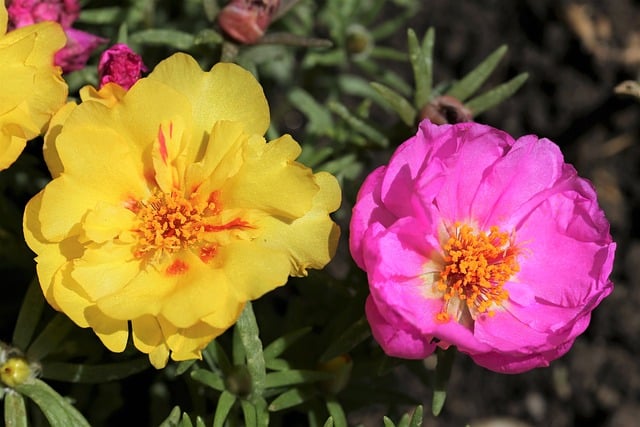
If you’re looking for a heat-resistant flower, look no further than the moss rose! This drought-tolerant flower is perfect for hot, dry conditions. Moss roses come in a variety of colors, including pink, red, yellow, and white. They prefer full sun and well-drained soil.
Nasturtiums (Tropaeolum)
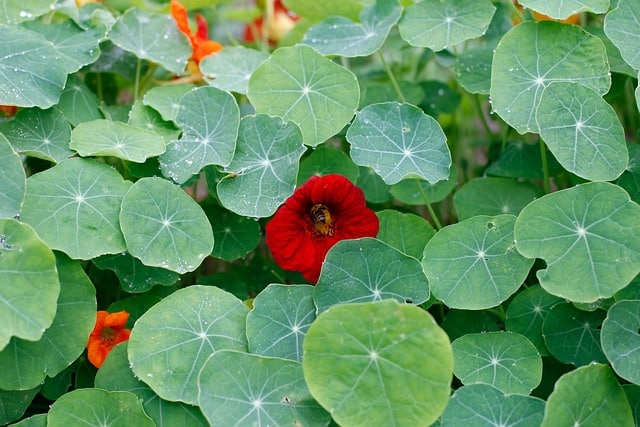
Nasturtiums are another easy flower to grow from seed. They prefer cool weather and will bloom best in spring or fall. Nasturtiums come in a variety of colors, including yellow, orange, red, and pink. They’re also edible, so you can add them to salads or use them as a garnish!
Shasta Daisies (Leucanthemum x superbum)
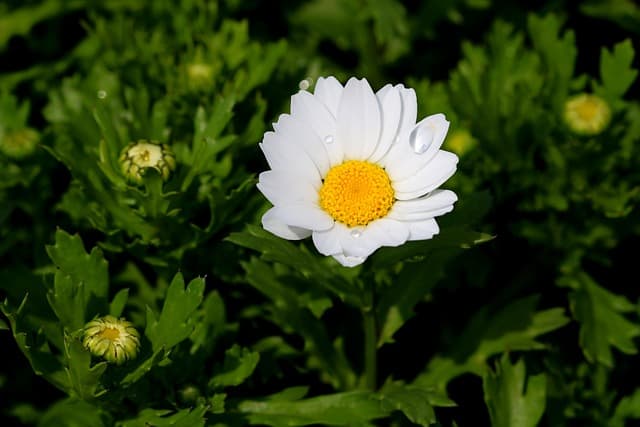
Shasta daisies are a type of daisy that’s native to California. They’re easy to grow from seed and prefer sunny locations with well-drained soil. Shasta daisies come in shades of white, pink, and yellow. They typically bloom in late spring or early summer.
Sunflowers (Helianthus annuus)
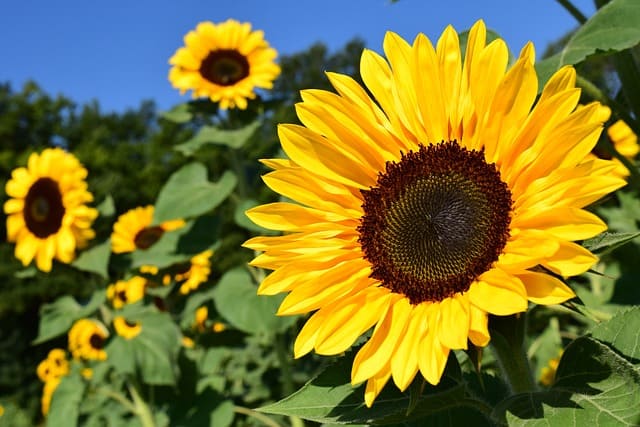
Sunflowers are one of the easiest flowers to grow from seed. Just plant the seeds in well-drained soil in full sun, and you’ll see sprouts in as little as 7-14 days. Once they reach about 6 inches tall, you can thin out the weaker seedlings so that the stronger ones have room to grow. Sunflowers are drought tolerant, so you don’t need to worry about watering them too much. Just make sure they get an inch of water per week
Sweet Alyssum (Lobularia maritima)
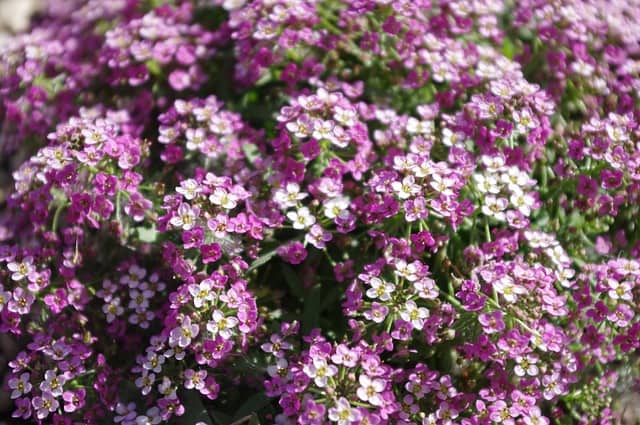
Sweet alyssum is a low-growing flower that’s perfect for borders or rock gardens. The seeds should be planted in well-drained soil in full sun to partial shade. Water the seeds regularly until they germinate, which usually takes 7-14 days. Once the seedlings appear, you can cut back on watering. Sweet alyssum is a drought tolerant plant, so it doesn’t need a lot of water once it’s established.
Sweet Peas (Lathyrus odoratus)
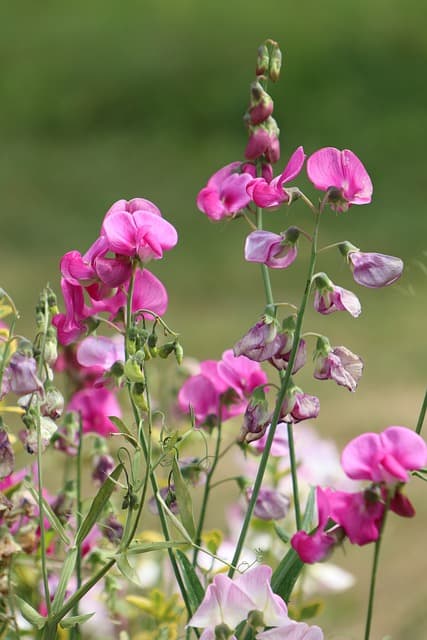
Sweet peas are beautiful climbing vines that are perfect for trellises or fences. To get started, soak the seeds in water overnight before planting them in well-drained soil in full sun. Water regularly until the seeds germinate, which usually takes 7-10 days. Once the seedlings appear, give them something to climb on and continue watering them regularly.
Zinnias (Zinnia)
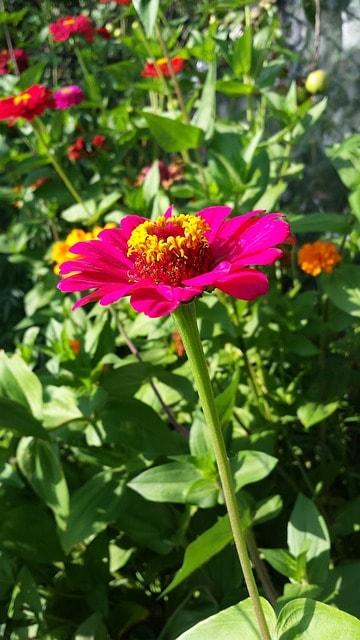
Zinnias come in a wide range of colors and sizes, making them perfect for adding some variety to your garden. To get started, plant the seeds in well-drained soil in full sun. Water regularly until the seeds sprout, which usually takes 7-14 days. Once the seedlings appear, thin them out so that they’re spaced about 8-12 inches apart. Zinnias don’t need a lot of water once they’re established, so only water them when the soil is dry to the touch.


